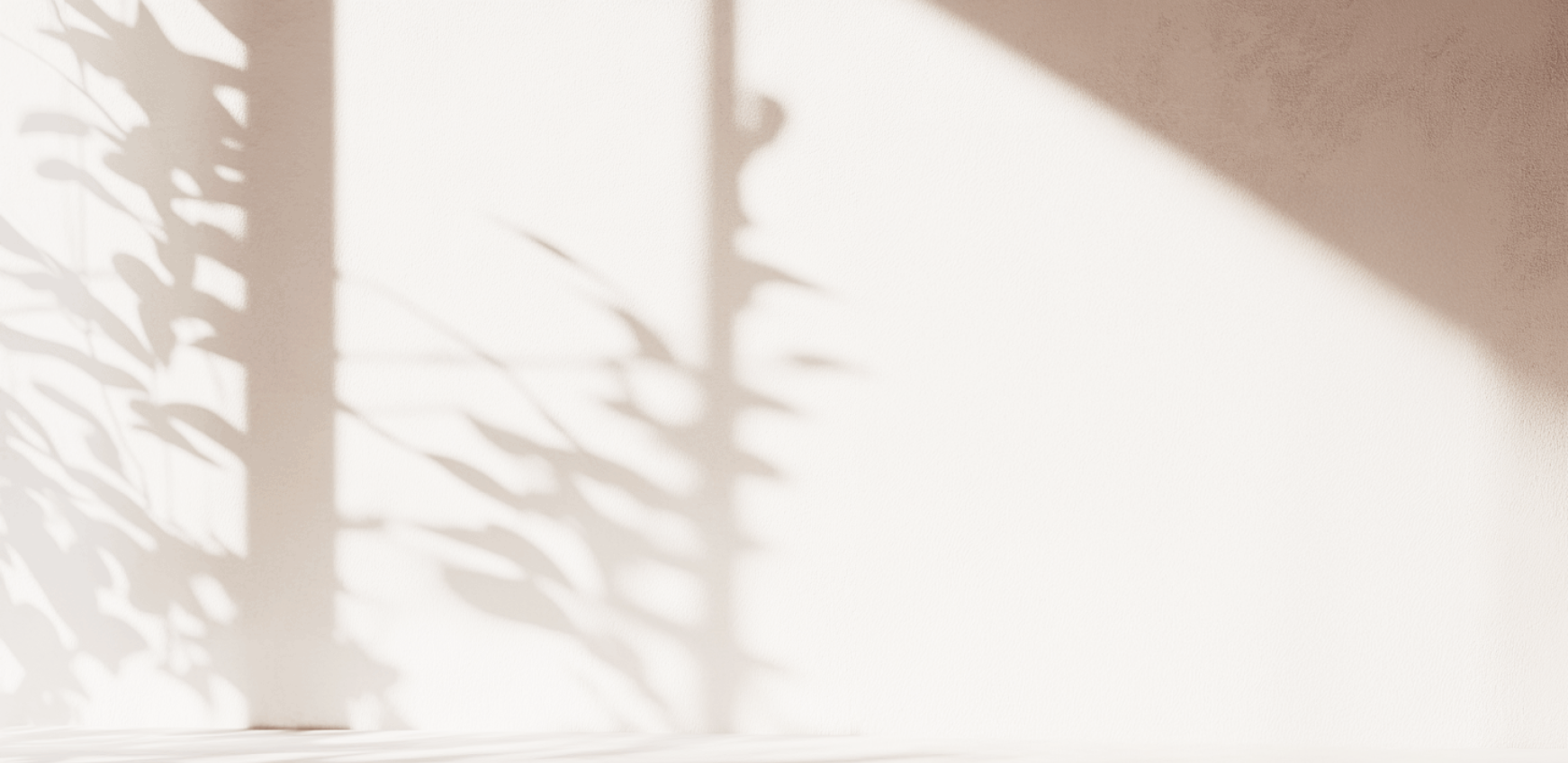
Why glass
Glass is always
the best choice.
Safe, natural, and endlessly recyclable, with glass, you choose a greener and healthier future.

About Glass
Glass is inert, forming a strong barrier against external factors, maintaining the integrity of the product inside.

Glass is a key element in communicating a brand’s identity and connecting emotionally with consumers.

Glass is durable and can be reused over and over again.

Glass protects the original taste by preserving the flavor, color, and texture without any contamination.

Glass forms a strong barrier, preserving and protecting contents from external factors, and with only one layer, it is easily recyclable.

Glass is produced using resources that are abundantly available, ensuring minimal environmental impact.

Glass can be recycled endlessly without losing quality.

Glass protects food and beverages from harmful ultraviolet light and preserves their quality.

Glass is made from sand, soda ash, and limestone, making it entirely natural.

Glass is free of harmful chemicals, keeping food and drinks safe.

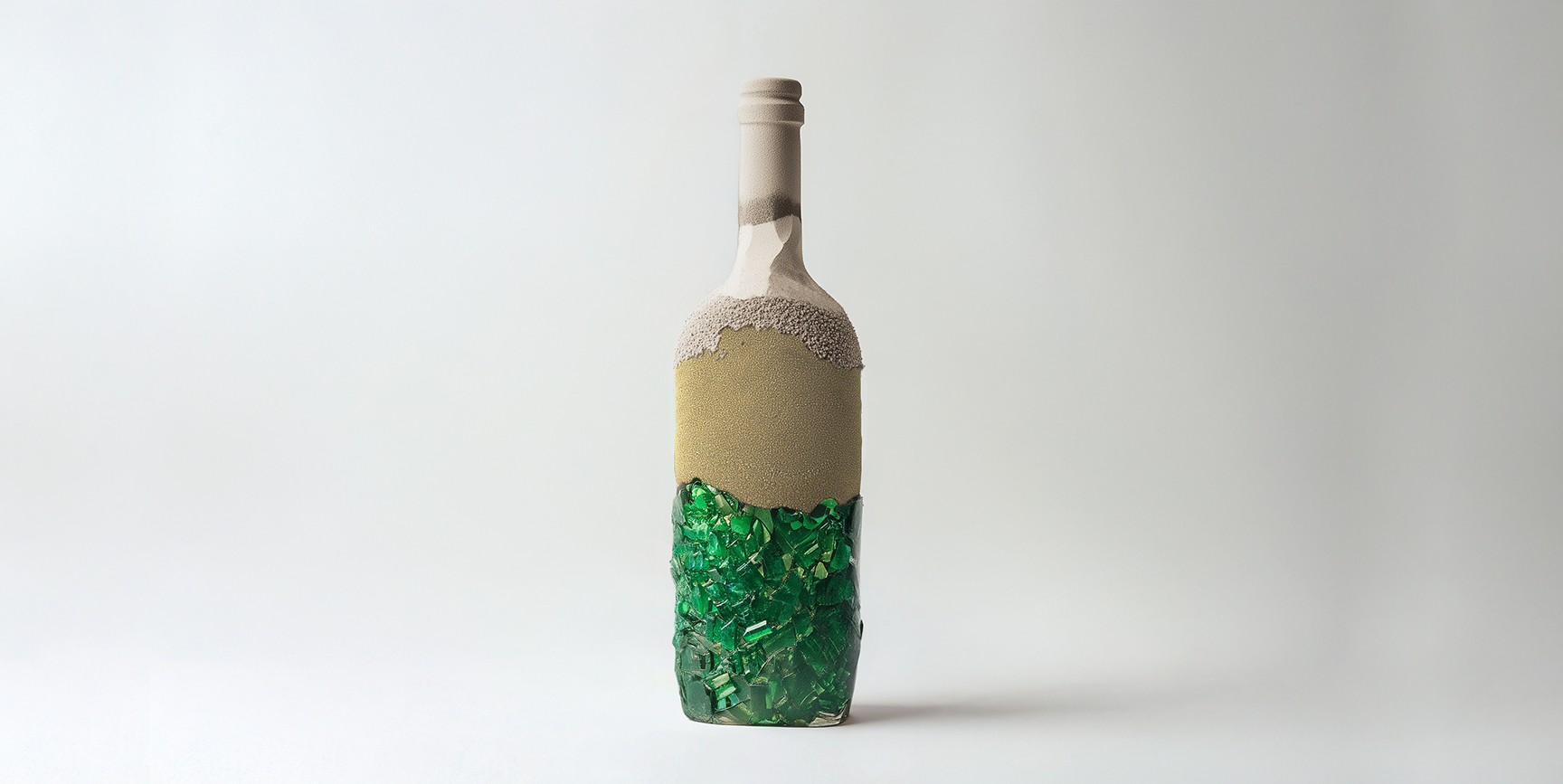
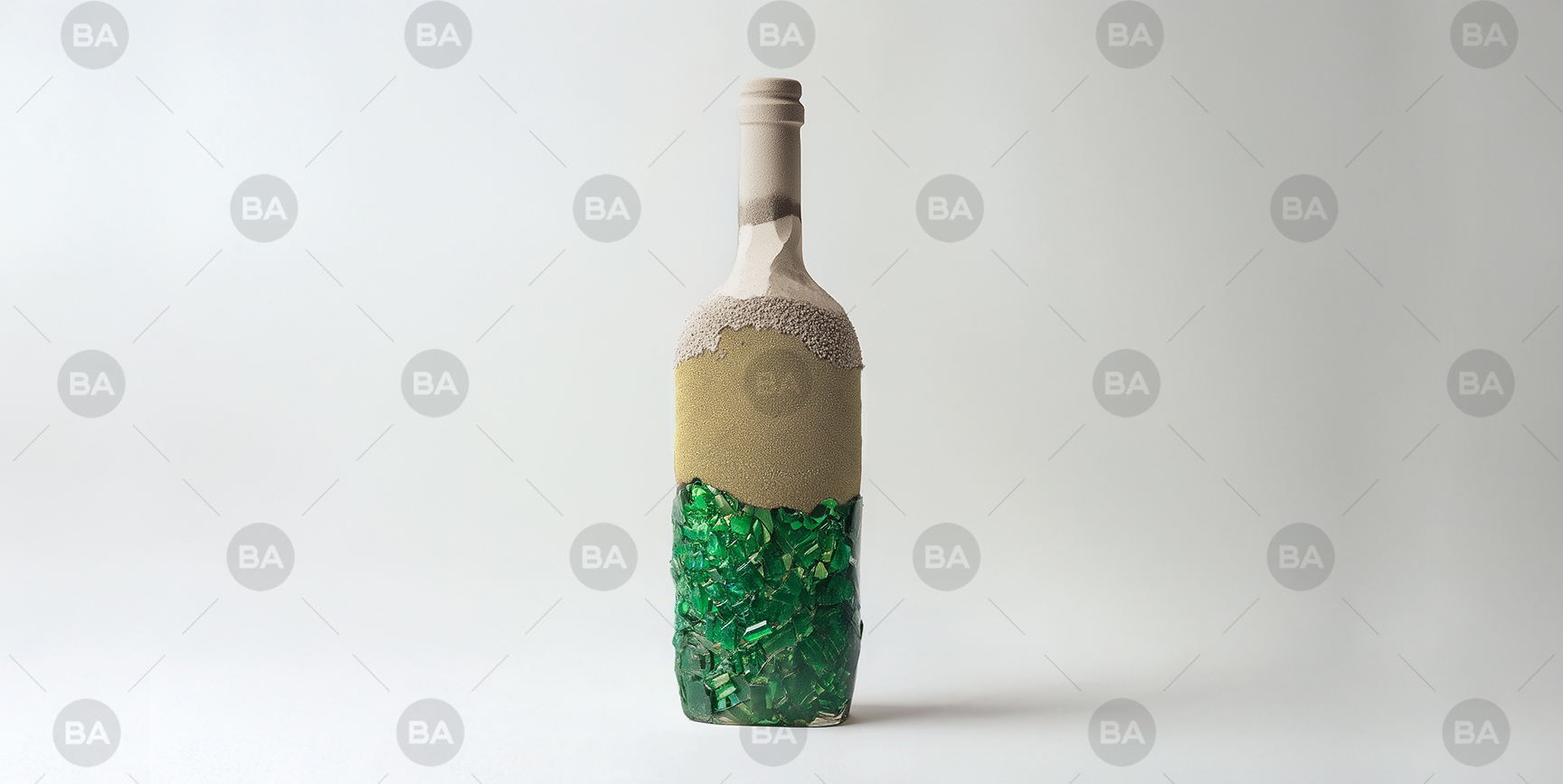
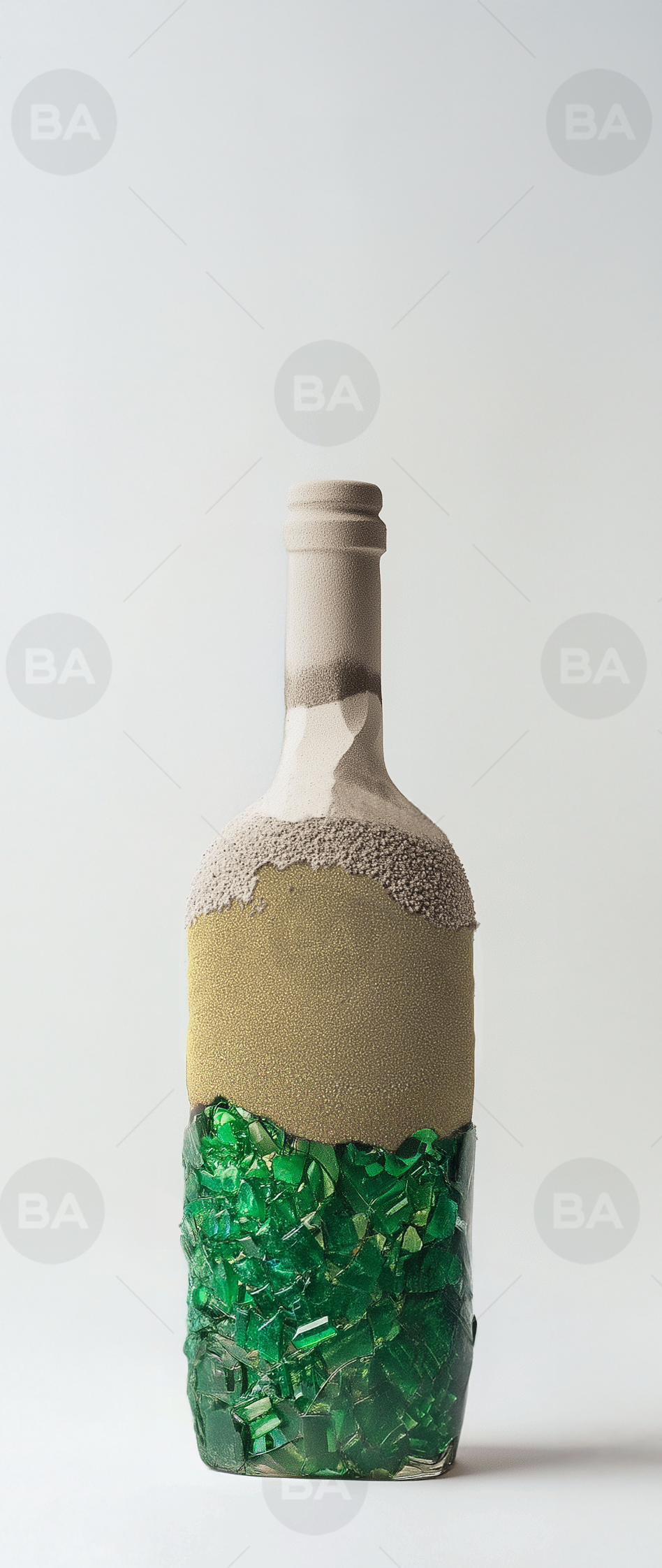
Soda Ash
Reduces the melting point of sand, helping save energy making the glass easier to shape during production.
Limestone
Enhances the durability of glass, protecting it from exposure to water or other elements.
Sand
Forms the base structure of glass and ensures that the final product is clear and durable.
Recycled glass
Is melted and used in the production of new glass, reducing the need for raw materials like sand, lowering energy consumption.
Recycled glass
Is melted and used in the production of new glass, reducing the need for raw materials like sand, lowering energy consumption.
Sand
Forms the base structure of glass and ensures that the final product is clear and durable.
Soda Ash
Reduces the melting point of sand, helping save energy making the glass easier to shape during production.
Limestone
Enhances the durability of glass, protecting it from exposure to water or other elements.
Behind the bottle
Find out more about the materials that shape our glass packaging.
The Journey of Glass
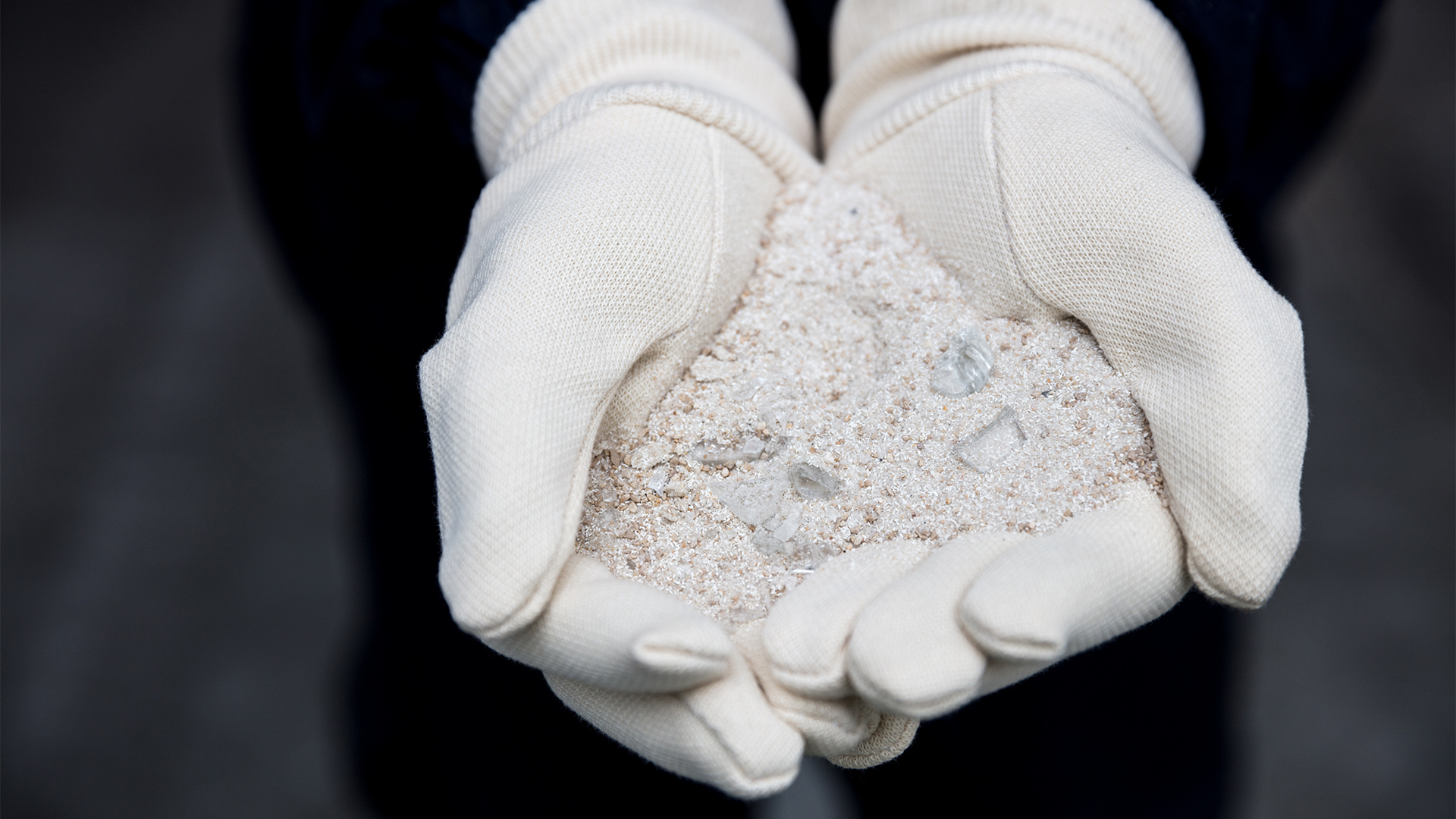
All raw materials are stored, weighed, and mixed to create the ideal mass composition that will be placed in the furnaces, where it will be melted and vitrified.
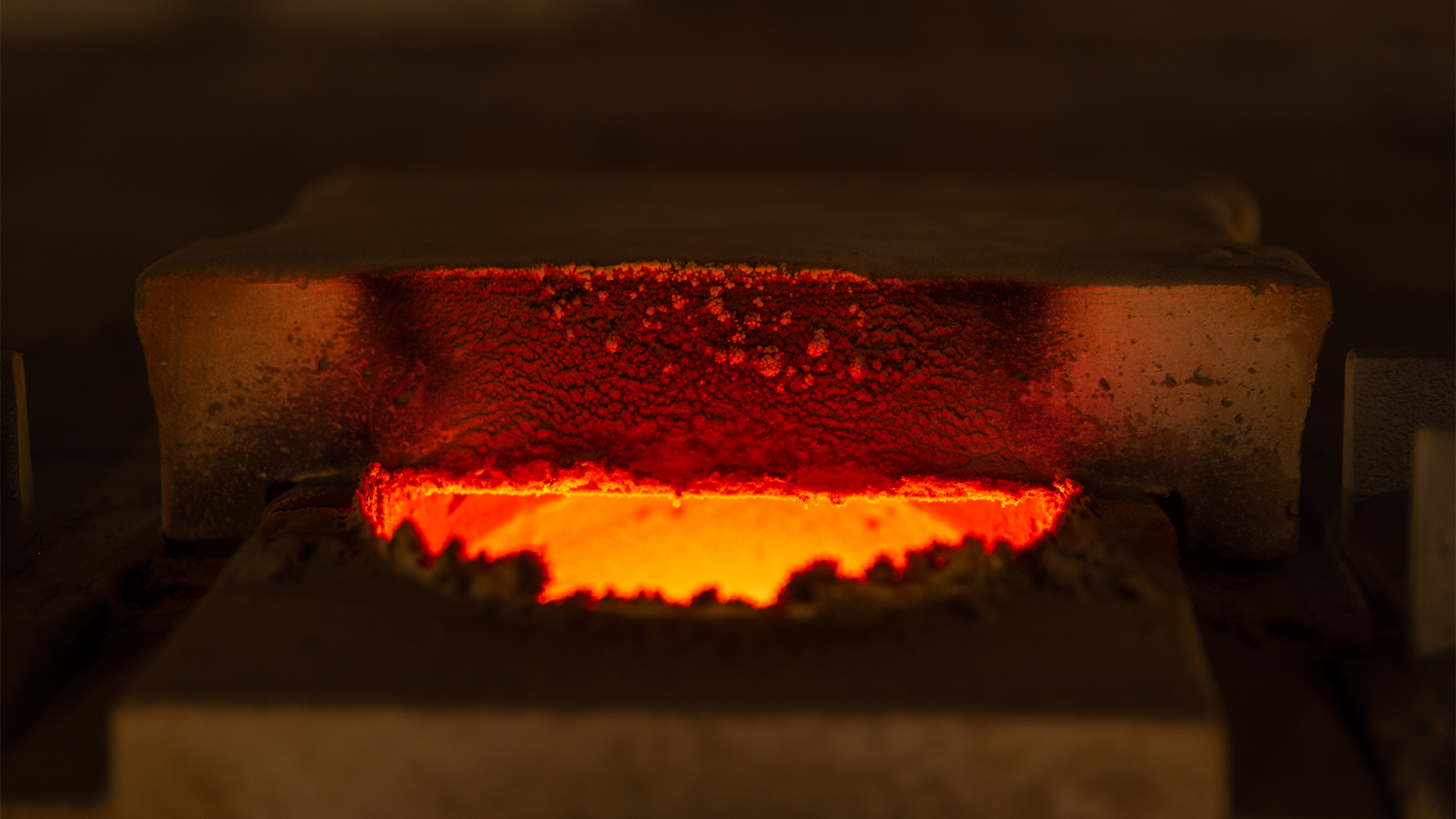
In the furnaces, raw materials are melted at high temperatures of 1500 to 1600°C. The liquefied glass flows through a large tank and goes through the "tuning" stage to ensure the melted glass is evenly heated. This step is crucial for creating high-quality glass products.
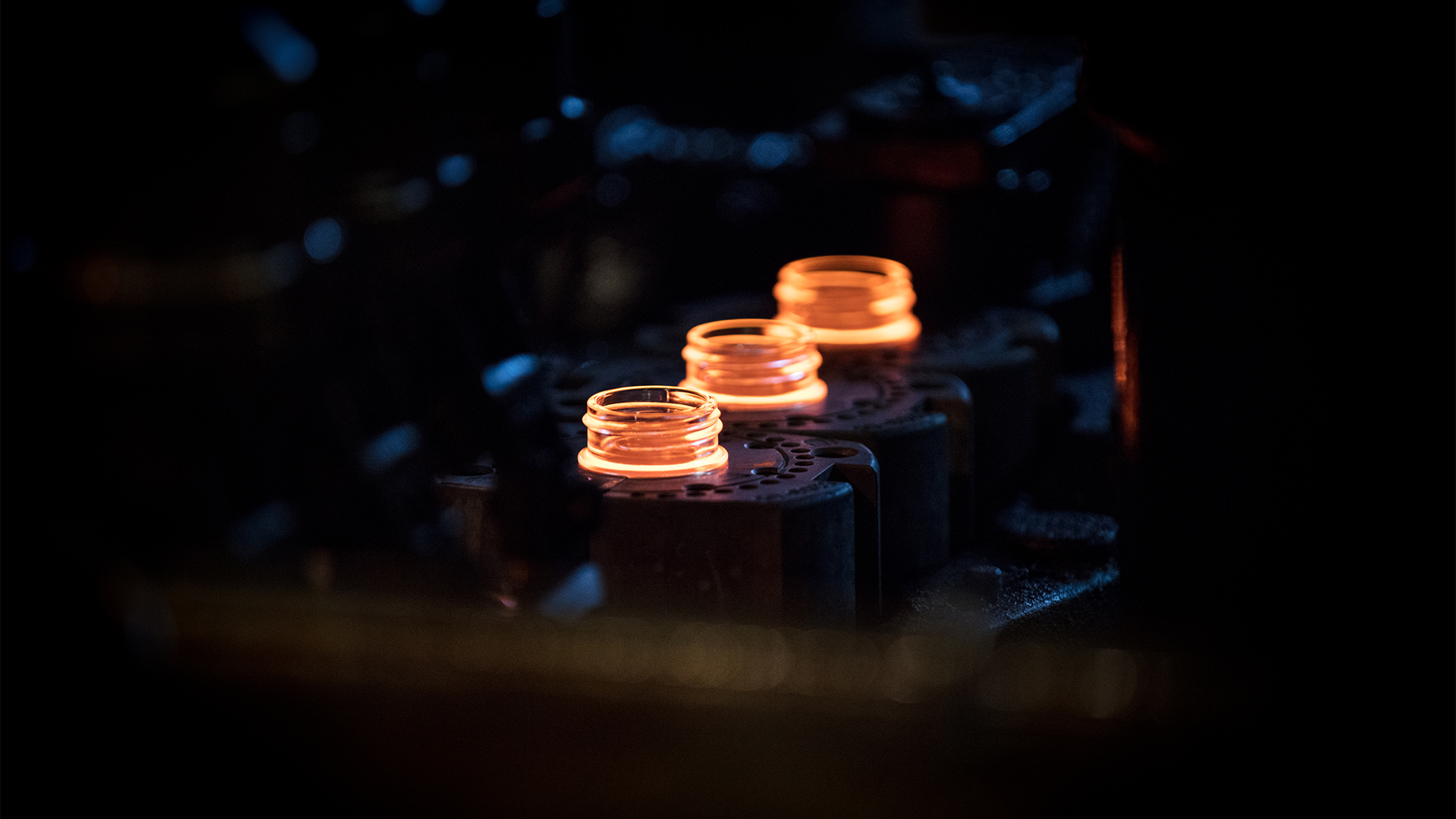
Glass molding happens in two stages. First, the melted glass is poured into an initial mold, giving it a basic shape called "parison." Then, this pre-shaped form is moved to a final mold, where it takes its finished shape.
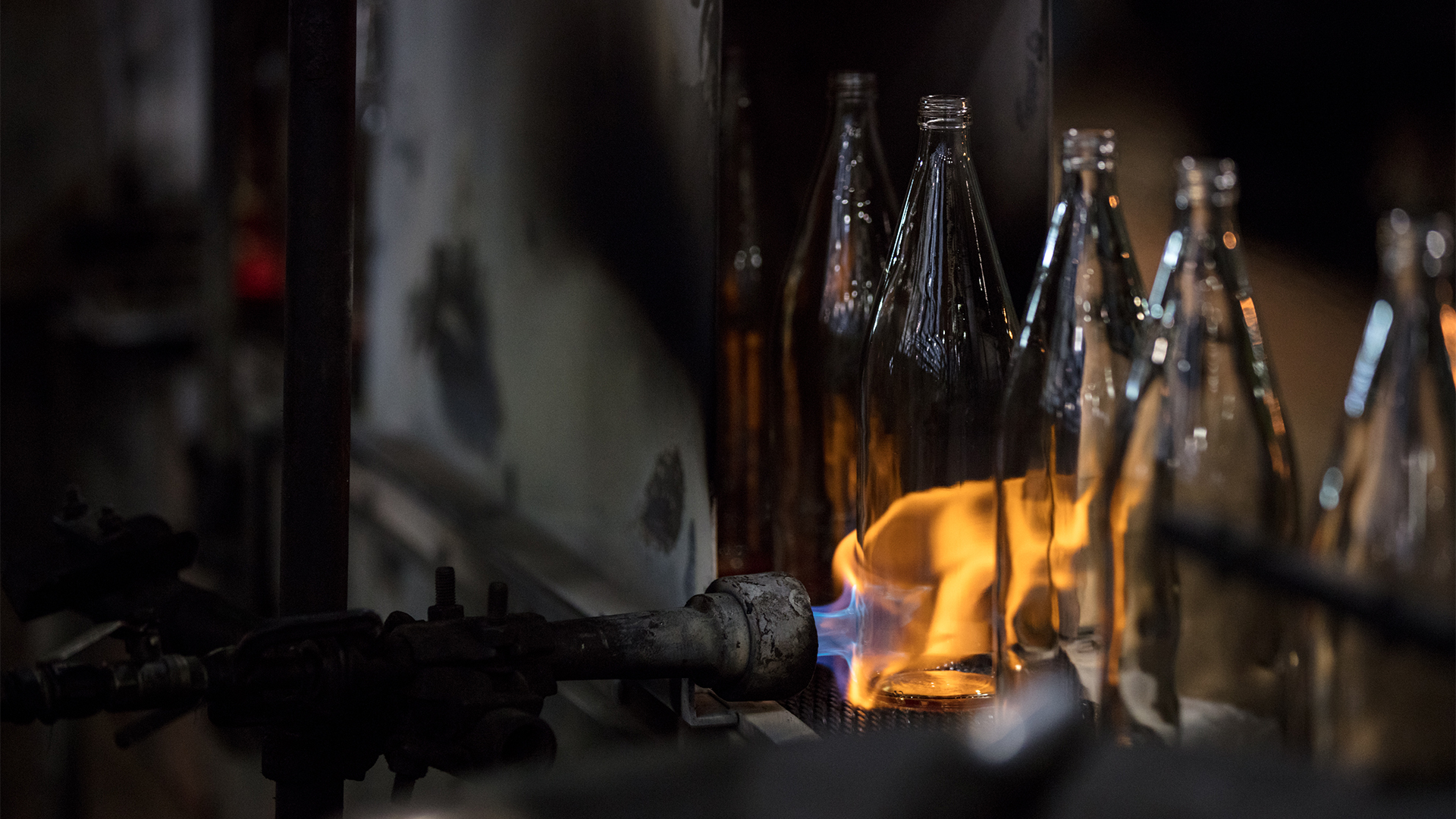
During molding, the glass touches cooler mold walls, making the outside colder than the inside due to glass's poor heat conductivity. To fix this, the glass undergoes annealing—a heat treatment that evens out the temperature and removes any internal stress.
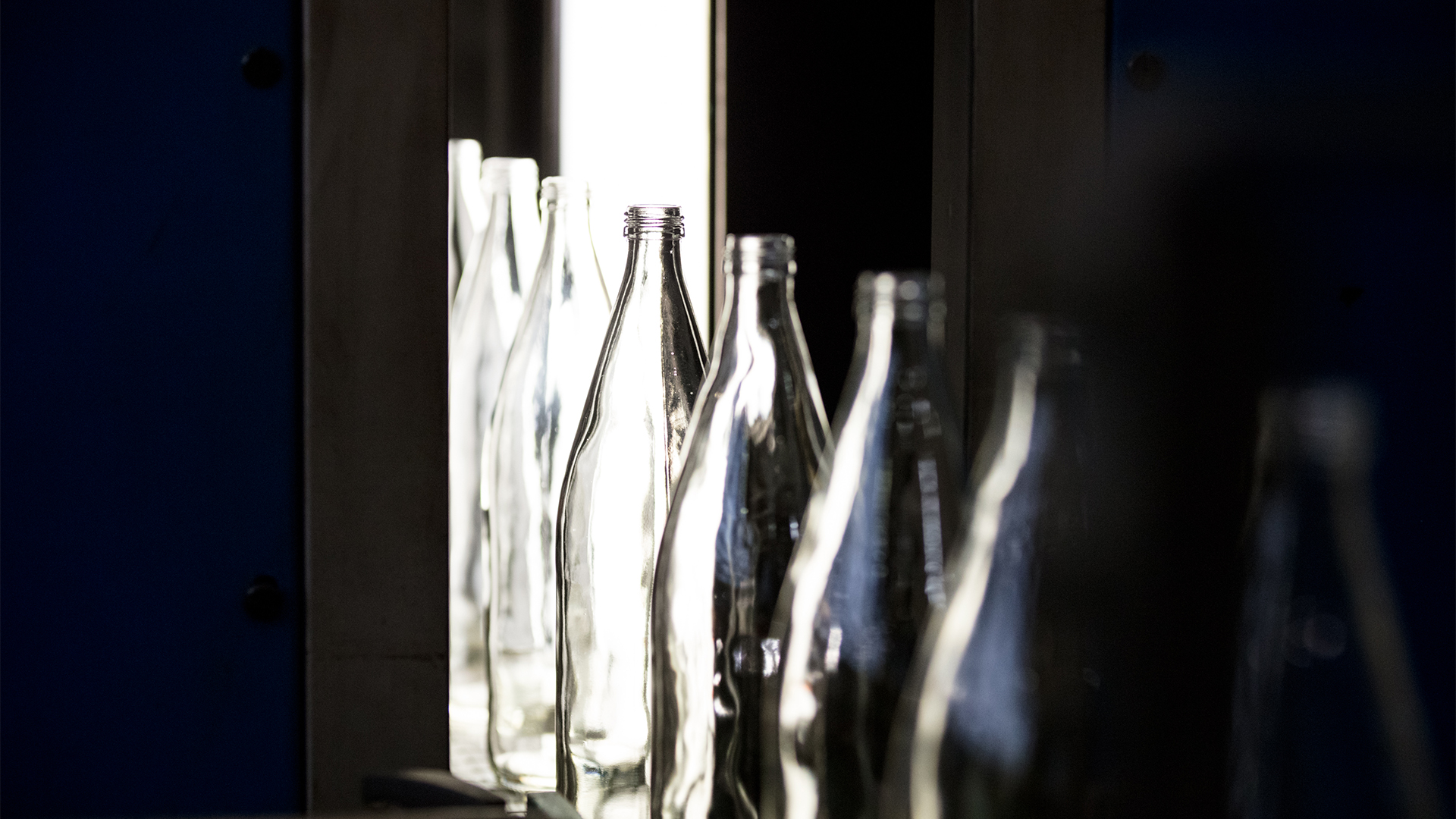
After annealing, the containers are moved to automatic inspection machines that use advanced detection systems to identify and remove any defective containers.
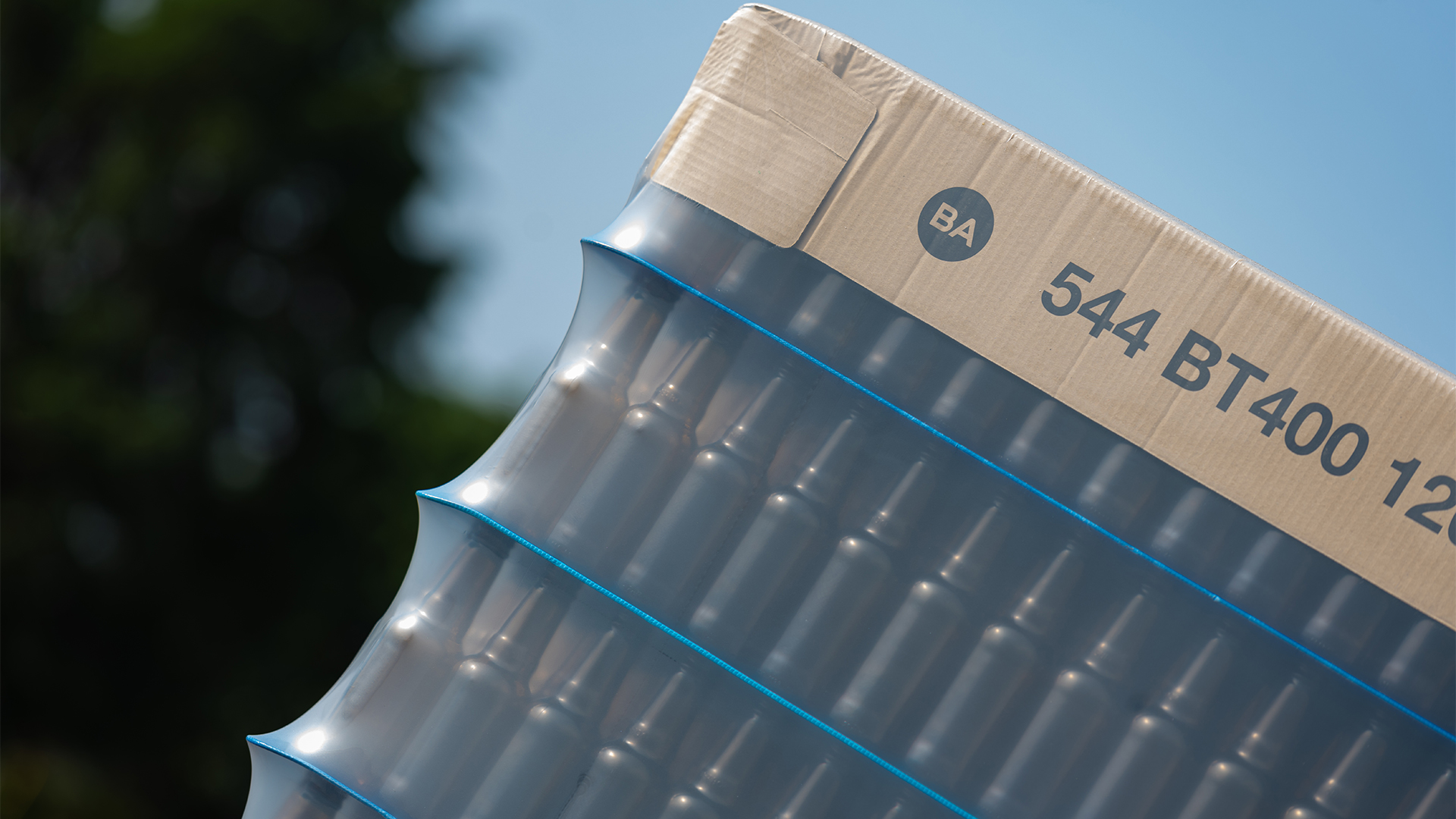
At the end of the production line, the containers are packed in layers on pallets and wrapped in plastic film for protection and easy transport. The packages are then heated in a machine to shrink the film tightly around them, and are now ready to be moved to the storage area.
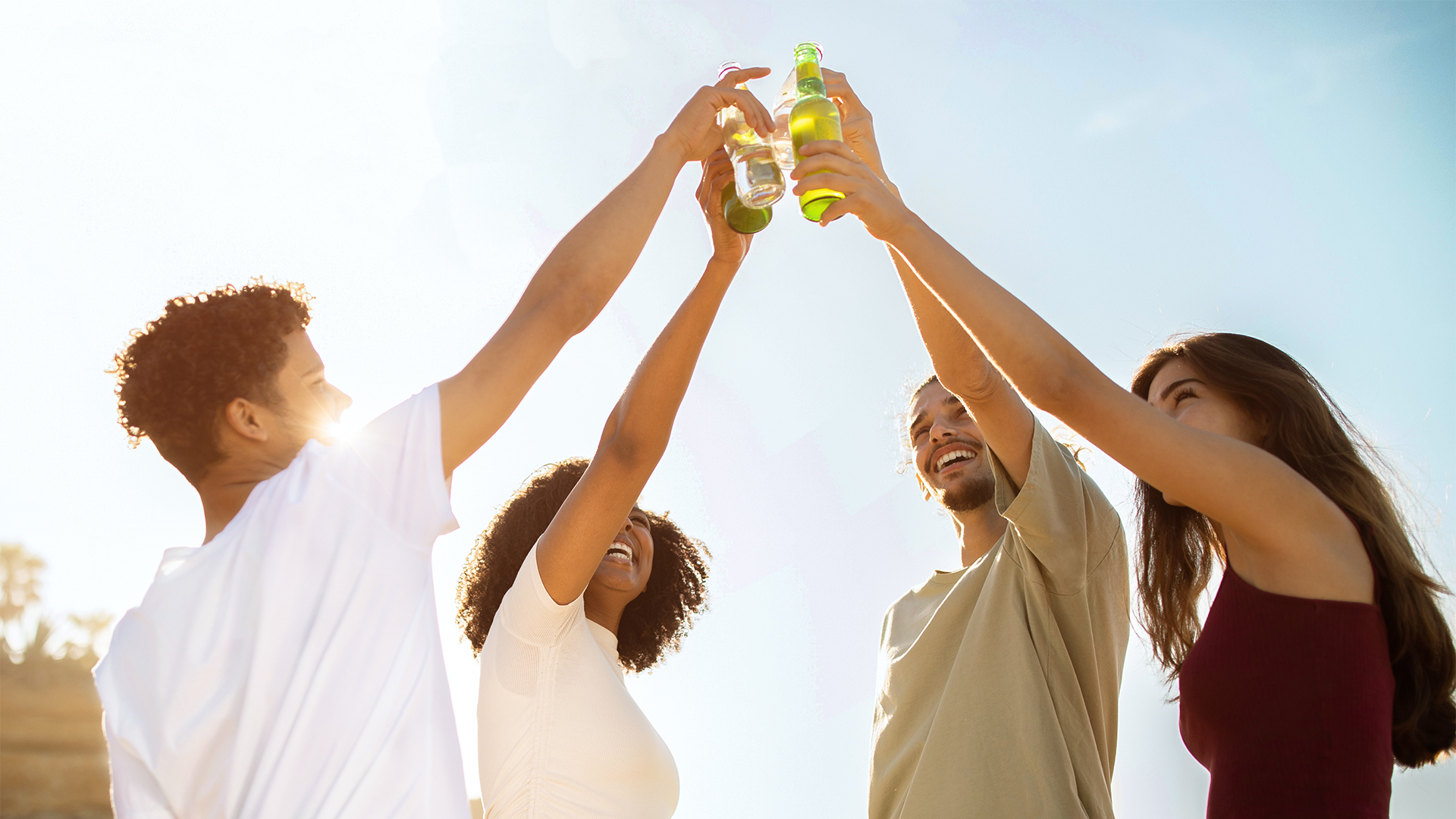
The glass containers are delivered to our clients, where they are filled with products and prepared for distribution to provide safe and unique experiences to the consumers.
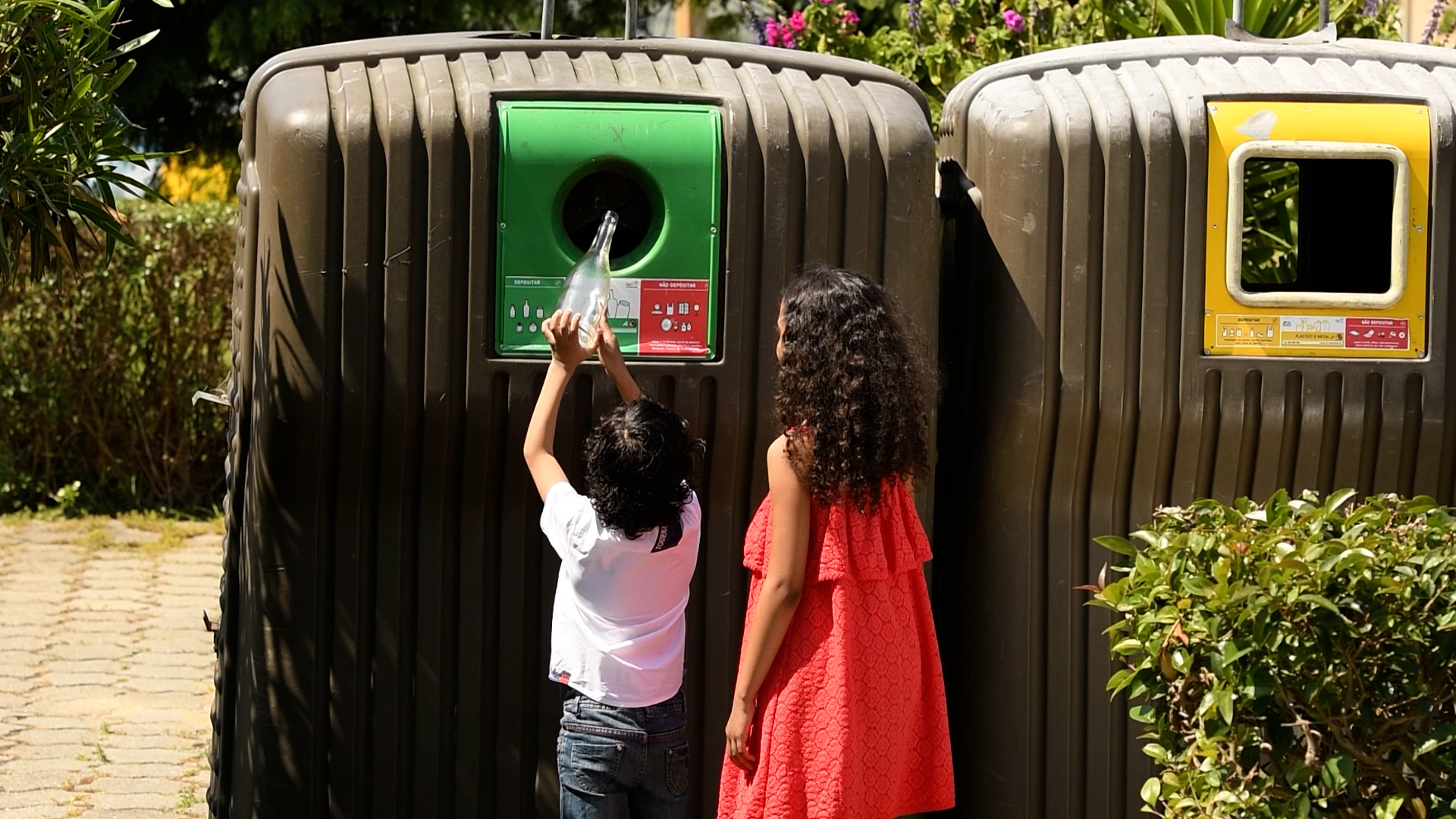
After use, glass containers are placed in recycling bins to be reused in the production of new glass. The more we recycle, the more sustainable we become. Recycling helps save CO₂ emissions, energy, waste, and raw materials.
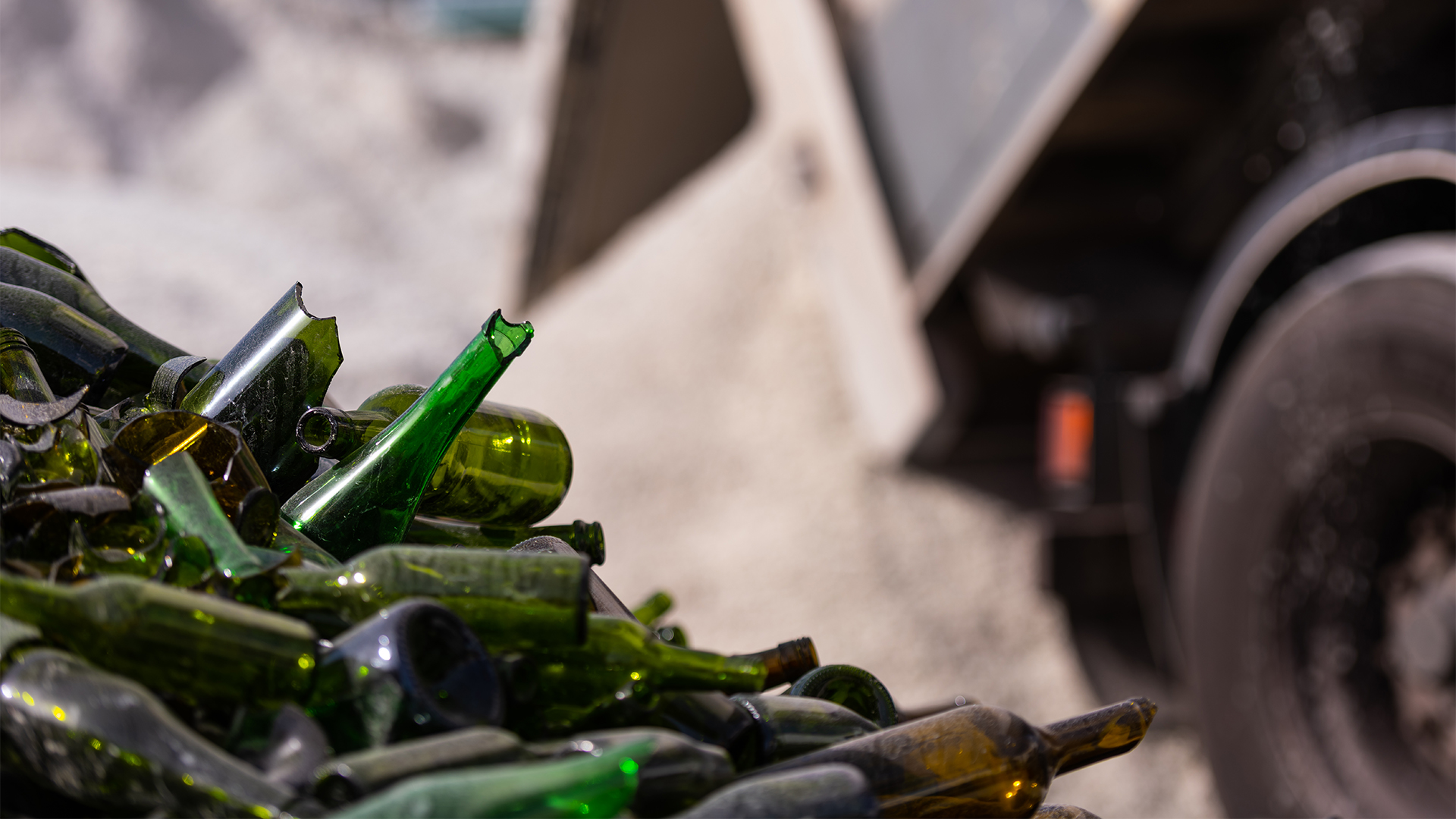
Used glass containers are collected, cleaned, and brought back to our facilities to be reused in the glass packaging production process, contributing to the circular economy.
Contacts
BA Glass Headquarters
Avenida Vasco da Gama, 8001
4434-508 Avintes
Portugal
baglass@baglass.com
+351 227860500
Call to portuguese fixed network
Get Directions
Contacts
BA Glass Headquarters
Avenida Vasco da Gama, 8001
4434-508 Avintes
Portugal
baglass@baglass.com
+351 227860500
Call to portuguese fixed network
Get Directions


